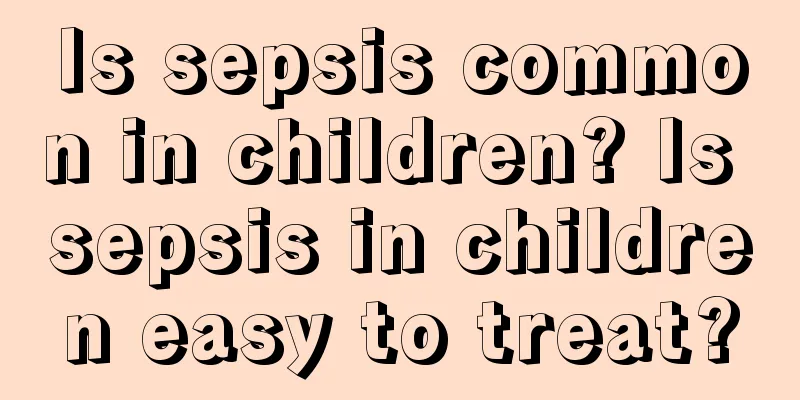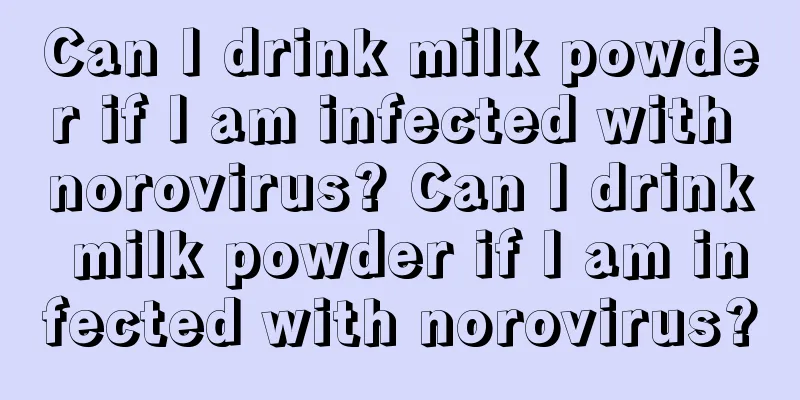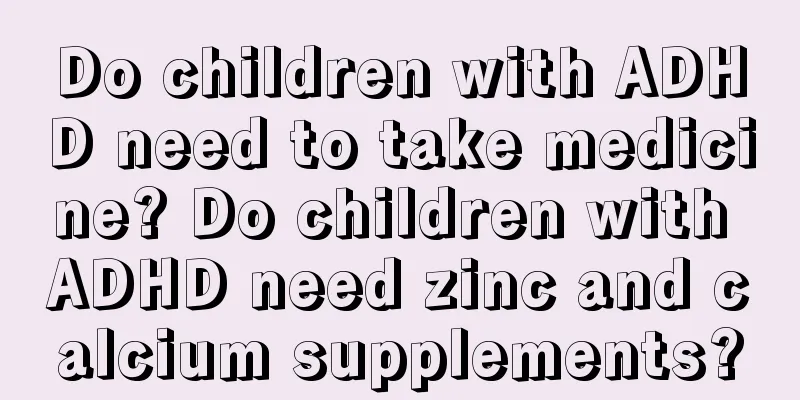Is sepsis common in children? Is sepsis in children easy to treat?

|
Sepsis is generally a rare disease, so is pediatric sepsis also uncommon? Is pediatric sepsis easy to treat? Is sepsis common in children?Pediatric sepsis is relatively rare in clinical practice. The so-called pediatric sepsis refers to sepsis that occurs in children. It is usually seen in children with severely low immunity, such as children with malignant tumors and other congenital immune dysfunctions. They are very prone to pediatric sepsis. After a child develops sepsis, the most prominent symptom is persistent high fever. Before the fever, there is usually obvious chills and chills. The body temperature can reach above 40 degrees. It is often accompanied by skin bruises, as well as damage to important organs such as liver, kidney, and heart function. Is sepsis in children easy to treat?Sepsis refers to the invasion of pathogenic bacteria into the human blood circulation, growth and reproduction in the blood, and then the production of toxins in the human body, causing acute systemic infection. Children and the elderly are the high-risk groups for this disease. Whether adults or children, sepsis can be cured as long as timely treatment and correct treatment methods are used. The most effective treatment for sepsis in childrenIf a child has sepsis, the most effective method is to actively give sensitive antibiotics for treatment. Before using antibiotics, a blood culture test is required to find the pathogenic bacteria, and then give the corresponding antibiotics based on the drug sensitivity test. Most children with sepsis can control their condition after active treatment. Treatment principles for sepsis in children1. Thoroughly eliminate primary lesions and persistent damage to eliminate the source of pathogens. 2. Use effective antibiotics rationally to kill all bacteria in the blood as quickly as possible. 3. Discover new persistent lesions early and remove them thoroughly at any time. 4. Symptomatic treatment, including antipyretic, temperature-reducing, sedative and other treatment measures. 5. Active rescue should be carried out for septic shock or disseminated intravascular coagulation. 6. Provide careful and meticulous care, strengthen nutrition, supplement adequate vitamins, pay attention to oral hygiene, and prevent Candida stomatitis. 7. Improve the body's resistance and strengthen nutritional support. For children who are weak or seriously ill, multiple blood transfusions, plasma transfusions, albumin or immunoglobulin G can be used to ensure adequate calories, fluid volume and nutritional needs. |
<<: How to judge whether a child has pharyngitis? The best treatment for pharyngitis in children
>>: How to train your baby's memory Introduction of baby memory game
Recommend
What should I do if my newborn's neck is broken? What should I apply to my newborn's neck?
After the baby is born, he always loves to play a...
What should pregnant women eat to increase milk production? What should pregnant women eat to increase milk production quickly?
Many mothers start to worry about their breast mi...
How old is the right age for a baby to go to kindergarten? Is it good for a baby to go to kindergarten too early?
Babies can go to kindergarten when they are about...
Depression during pregnancy affects the fetus Depression during pregnancy affects the fetus
Depression during pregnancy is a very dangerous t...
What is the effect of eating breakfast for children?
Eating breakfast can improve children's acade...
Can pregnant women drink Wanglaoji herbal tea? Can pregnant women drink herbal tea?
Herbal tea is a drink that many people like to dr...
How are Shishuang diapers? Real evaluation of Shishuang diapers
Diapers are an indispensable item for every baby....
How many times a day is normal for a newborn baby to have bowel movements after breastfeeding?
How many times a day is normal for a newborn baby...
How often should diapers be changed? How old can babies wear diapers?
Diapers are a must for babies. When babies are sm...
What kind of milk is good for pregnant women? Is it better for pregnant women to drink milk or yogurt?
Milk is rich in nutrients and has many benefits f...
What to do if your vulva is itchy during pregnancy
Vulvar itching is a common female disease caused ...
How to do oral care for babies? What are the key points of oral care for newborns?
Oral care for babies is an issue that mothers nee...
How can pregnant women achieve safe and easy delivery?
Natural childbirth helps pregnant women recover q...
What to do if you have dysmenorrhea during pregnancy preparation? Can you take medicine?
Dysmenorrhea is usually caused by uterine coldnes...
Can I get an induced labor certificate for prenatal depression? Can I have an early caesarean section for prenatal depression?
It is a relatively dangerous situation for pregna...









